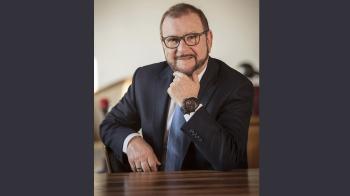The brand may have dropped off the radar for a while, but that was just in the interests of a little repositioning. Babylon and its King Cyrus are not so easily forgotten; nor is the watchmaker inspired by their mythology. Cyrus was founded by two cousins and business partners around ten years ago, and was subsequently taken over by an entrepreneur. For the last year it has been managed by Walter Ribaga, whose watch industry experience began with the Swatch Group in 1981. With stints at Zenith, TAG Heuer, Movado and Les Maîtres du Temps, he has been frequenting watchmaking circles for more than 35 years.
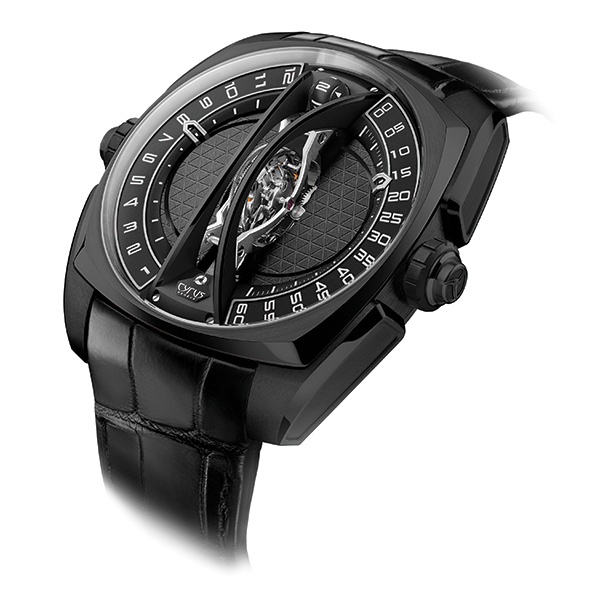
When he took the reins of Cyrus a year ago, his priority was to refocus the collections. Now Klepcys is the queen of Babylon. Alongside it stands the Kambys which, as Walter Ribaga explains, is “highly appreciated in certain markets” and thus remains in the catalogue. The third pillar of the brand, Kuros, has been marginalised somewhat in the interests of prioritising its elder siblings.
Big plans for international development
The priority given to the pieces is reflected in their markets. “We are developing our partner network,” Walter Ribaga explains. “I’m just back from Macao, where we have opened a major boutique. Asia is one of our growth areas, but it’s not the only one. I believe we have strong potential in Russia and the Middle East, particularly Kuwait, Abu Dhabi and Qatar. The idea is to approach Dubai concentrically. Across the Atlantic, we have a new agent in the United States, which is another promising market.”
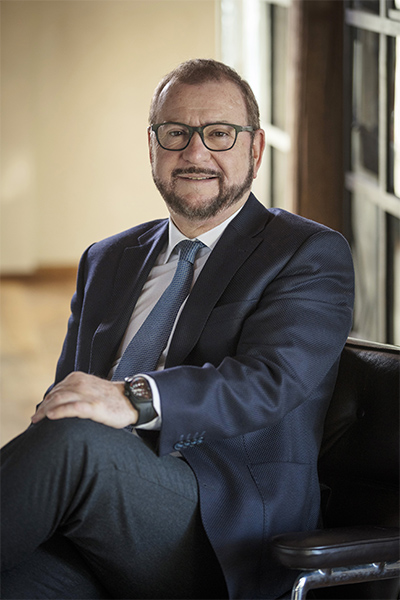
The watchmaker is supporting this projected growth by prioritising social networks. Facebook, Instagram and Twitter are back on the front line of the brand’s digital strategy, as are external communications, which have been entrusted to an established professional with many years’ experience working for Greubel Forsey. It is hoped that this battle plan will serve the brand’s interests in its main active markets, chief among which are Italy, Hong Kong, Japan, Mexico and the United Kingdom.
Confident for 2019
2019 certainly looks promising. “According to the latest report by Forbes, the luxury market is expected to continue growing over the next several years,” notes Walter Ribaga. In 2018, Cyrus produced around 600 watches; in 2019 this figure is set to grow by 10 to 15%, reaching almost 700 pieces for the year.
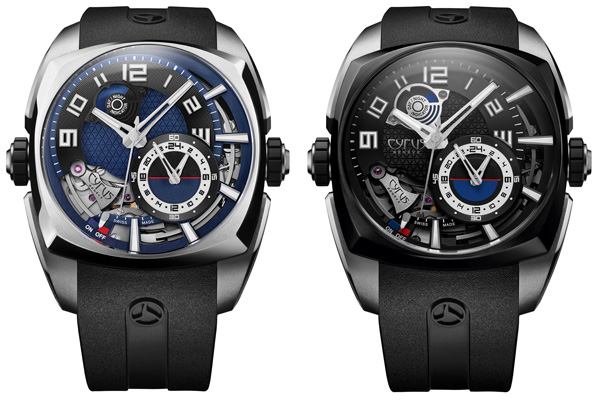
Behind the scenes, Cyrus’s integrated manufacture, Chronode, remains a central element. The workshop in Le Locle, founded by watchmaker Jean-François Mojon, is part-owned by Cyrus but remains at liberty to produce and sell its creations to other brands. The in-house alarm movement is a good example; it is part of Cyrus’s Klepcys collection, and it also drives the Harry Winston Z6 Alarm.
Spreading distribution across several brands also means that development costs can be shared. Chronode has produced some of today’s most highly respected calibres including HYT’s H1, MB&F’s LM1 and the Quai des Bergues by Czapek, for example, which all helps to balance the books. The Klepcys Vertical Tourbillon, introduced at Baselworld 2018, is one of the most recent in-house developments. It has been slightly reworked with a slimmer case, shorter lugs and a generally more compact aesthetic.
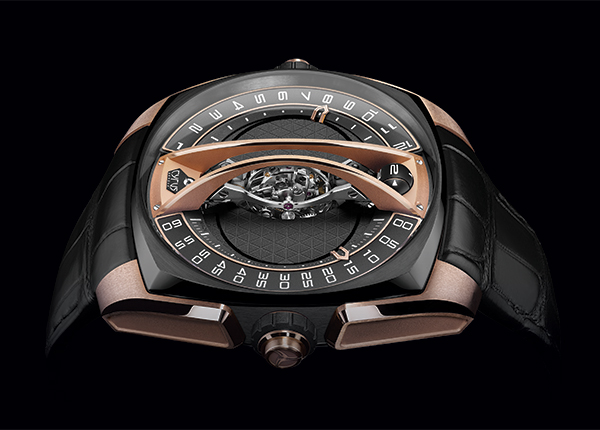
Baselworld will be back on the agenda in 2019. “We’ll be there again this year, and then we’ll see,” confides Walter Ribaga. Look out for updates to Cyrus’s collections in the Ateliers.
